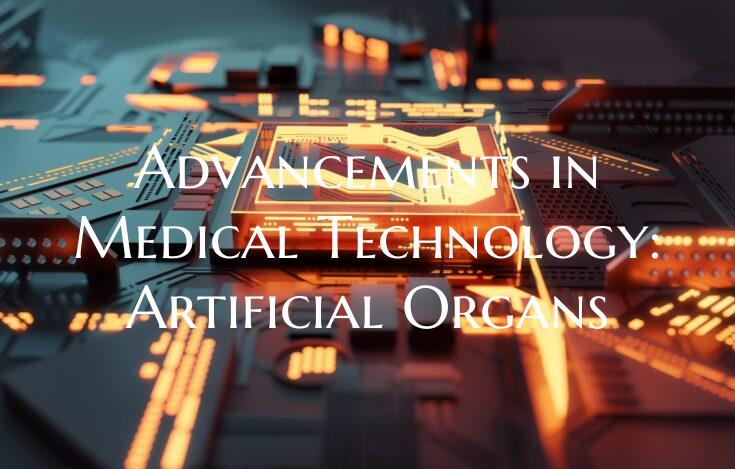Advancements in Medical Technology: Artificial Organs
In recent years, the field of medical technology has witnessed remarkable advancements with the development of artificial organs. These innovative and life-changing creations are revolutionizing the way we approach and treat various medical conditions, offering new hope to patients in need of organ transplants.
One of the most significant breakthroughs in medical technology is the creation of artificial organs that closely mimic the functions of natural organs. These artificial organs are designed to provide an alternative solution for patients suffering from organ failure or those who are unable to receive a donor organ for various reasons.
Artificial hearts, for example, have been developed to replace damaged or failed hearts, providing patients with a life-saving treatment option. These mechanical devices are designed to effectively pump blood throughout the body, allowing patients to regain normal heart function and improve their overall quality of life.
Similarly, artificial kidneys have been designed to replicate the vital functions of natural kidneys, such as filtering waste and excess fluids from the blood. Patients with kidney failure can benefit from these artificial organs, reducing their dependence on dialysis and improving their overall health outcomes.
Another exciting advancement in medical technology is the development of artificial limbs and organs using 3D printing technology. This cutting-edge approach allows for the customization and precise modeling of artificial organs, ensuring a perfect fit and optimal functionality for each individual patient.
Overall, the progress in artificial organs represents a significant milestone in medical technology, offering hope and new treatment options for patients in need of organ transplants. As research and innovation in this field continue to advance, the future holds promising possibilities for further improving the effectiveness and accessibility of artificial organs, ultimately transforming the way we approach healthcare and saving countless lives in the process.

